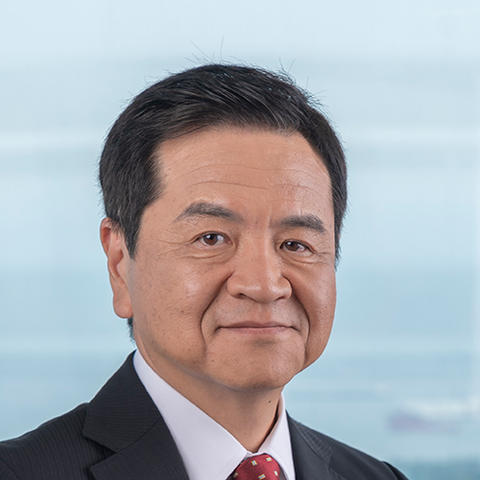The Energy Transition in APAC: one step at a time

This article was previously published in our newsletter, if you're not already a subscriber, sign up here.
The Asia Pacific region as we define it at Mitsubishi Heavy Industries (MHI) Group is a vast region, spanning countries from Australia and New Zealand all the way to India. Even excluding China and our Japanese home market, this is a region of more than 2 billion people, with widely varying levels of economic development. They are responsible for around a fifth of global greenhouse gas emissions – which in some countries are still growing rapidly.
Phased approaches make an APAC energy transition
It therefore makes no sense to talk about a one-size-fits-all approach when it comes to the energy transition in APAC. I find it more helpful to group APAC nations into three broad categories. India, Indonesia and most ASEAN countries are at the very beginning of this journey and still rely heavily on thermal power from oil and coal. Their best strategy is to focus on increasing energy efficiency and reducing consumption. They should also start the switch from coal to gas – and particularly liquid natural gas (LNG) – by creating a gas value chain, including transportation, storage and stable end demand.
Where countries have domestic renewable resources, such as Indonesia and the Philippines, that is a bonus: MHI Group recently announced it will enlarge a geothermal power plant in the Philippines, which has plentiful sources of underground heat. Realistically, though, renewable energy is still too expensive for these emerging economies to develop wind and solar generation on a large scale.
Second-stage countries, principally Singapore and Malaysia, have already made the transition to gas: in Singapore it accounts for 95% of electricity production. They should now be setting aggressive targets for renewables and, indeed, they are doing so.. Big technology firms, whose data centers Singapore wants to host, insist that such centers are powered entirely by green energy. But geography is not always on our side. As a small island, Singapore has limited land available to cover with solar panels or wind turbines. MHI Group is working with the government and local firms such as Keppel Data Centres to explore producing or importing alternative fuels like hydrogen and ammonia. However, these may initially have to be ‘blue’, which means their production will involve some carbon emissions, rather than being entirely green.
Australia is well advanced in the energy transition
Finally, there is Australia, which is rich in natural resources like coal and gas and also rich in renewables with plentiful wind, sun and land. The country is already well advanced in its energy transition and aims to become a major exporter of green energy, targeting markets like Japan, South Korea and Singapore – even Europe. Our task, as I see it, is to provide technical and financial support to accelerate these efforts. A good example is the large-scale development of an ‘aerotropolis’ in western Sydney, sponsored by the New South Wales government. MHI is one of only a handful of Japanese founding partners for this huge project, which includes a second airport for Sydney, commercial and residential development, a new transport system and potentially a new research facility – all powered by clean energy.
Focusing on the big picture and all stakeholders
Separately, we are investing in and providing expertise as well as equipment to H2U, a start-up in South Australia that plans to produce and eventually export green ammonia and green hydrogen. What attracted us to this company was their sound business plan that is based on gradually building production and finding local customers first before starting to ship overseas. One reason, perhaps, that they were willing to work with us is that I visited them in the midst of the pandemic, sat down with local aboriginal leaders to hear their concerns and went to a local rugby match!
It is this ability to collaborate with many different partners, to establish personal relationships and to understand the needs of all stakeholders that is the core of my role and, I believe, the reason for MHI Group’s success in the APAC region.
Hydrogen and 3 other ways to cut data center CO2 emissions





